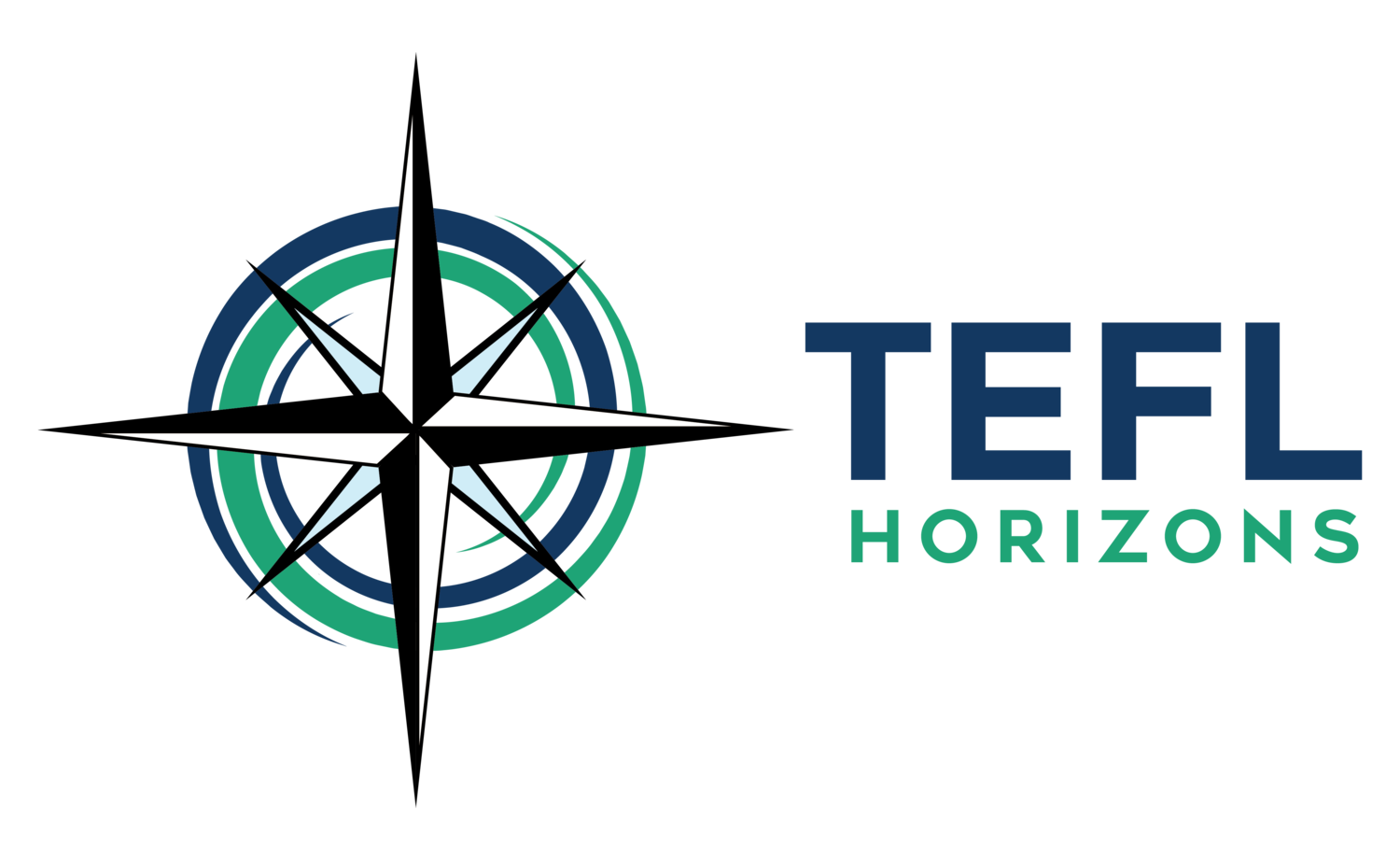How to Write Lesson Aims (and Why They Matter)
Show Notes
"By the end of the lesson, students will be able to..."
Does the phrase above look familiar? If you're a teacher, chances are you're aware of the practice of writing aims or objectives for your lessons. Maybe you learned about this in a training course, or maybe you work at a language school where your boss looks over your lesson plans. For many teachers, sitting down to write out lesson aims can feel a little like a pointless chore. If you have a sense of what you want to do in the lesson, do you really need to write it all out? Is the wording REALLY that important? In this episode, we talk all about lesson aims and why they're actually a lot more important than you might think. We'll give you some tips for making them count, tell you exactly how to determine the right main and sub aim for different types of lessons, and discuss why having a clear aim is the main thing that can make or break your lesson.
In this Episode
Main Aims
What lesson aims are
Why lesson aims are actually for the students, not for you
How to write your aims from the students’ perspective
Why we say, “By the END of the lesson…”
Why adding “better” to your aims makes them more achievable
SWBAT
Why lesson aims matter: how a lesson aim is like taking a taxi to the airport
How the lesson type determines the lesson aim
An example of how to word an aim for a reading lesson
How detailed to be in the wording of your aims - you can even mention the specific sub-skills students will practice
An example of how to word an aim for a speaking or writing lesson
An example of how to word a grammar or vocabulary lesson aim
Why the wording of your main aim matters- how this can make your aim achievable or not
Why the aim should be focused on the use of language, not just the knowledge of language
Subsidiary Aims
Why your sub aim should focus on a different skill or system than your main aim
Example sub aims for a reading lesson
How many sub aims you should include in a lesson, depending on the length
Why the sub aim you choose determines how you spend time in your lesson (after the main aim has been achieved!)
Why the sub aim is about something incidental that students will also gain in the course of a lesson
Why the aims determine what you extend or cut in your lesson to manage your timing
Choosing Lesson Aims
Why the main and sub aims need to be different
Why it’s not common (and probably not a good idea) to have a systems (grammar or vocabulary) main and and a systems sub aim
A good trick for determining your sub aim in a grammar or vocabulary lesson
Stage Aims
Where to review the lesson stages: stages in general, for reading lessons, for listening lessons, for speaking lessons, or for writing lessons
Why you need stage aims in each lesson
How stage aims help you determine which activities actually belong in your lesson
An interesting way to think about timing and the value of activities in your lesson: is an activity “too expensive?”
How every stage in the lesson needs to contribute to achieving your main aim
Why aims are important even when you aren’t being evaluated as a teacher
Aims Achievement in General
The problem with having a mentality of “Oh, I’ll just finish whatever we don’t get to today in the next class”
Why an amazing activity idea doesn’t necessarily mean it’s a perfect activity for THAT spot in THAT lesson
Frameworks: how more structure can actually be freeing


